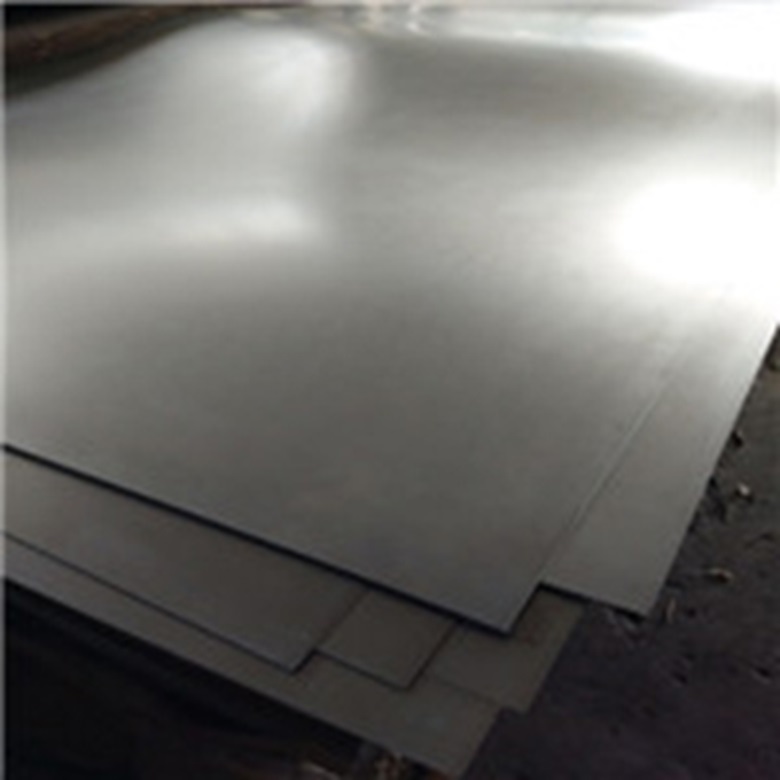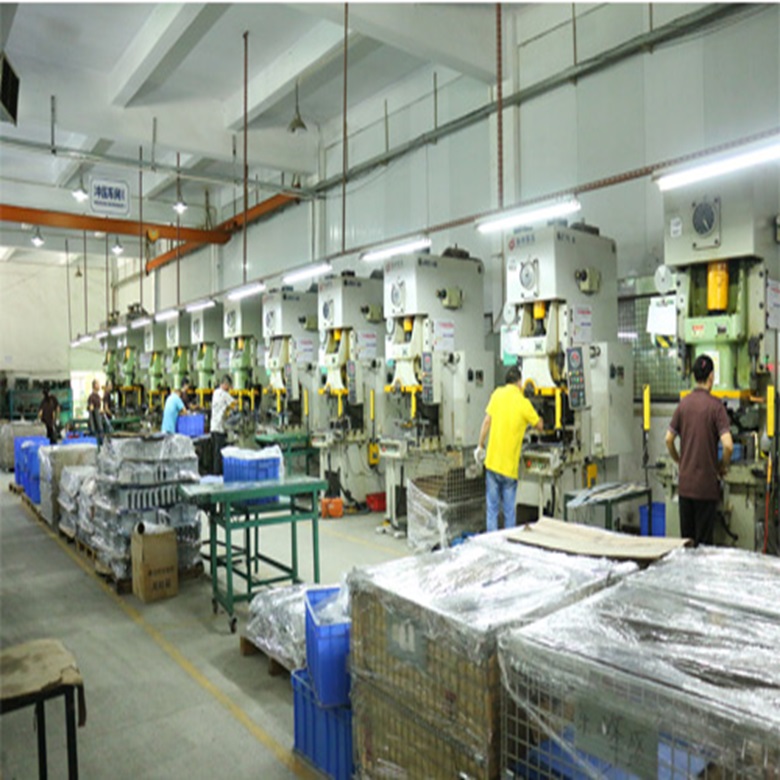Sheet metal pressing is a cold working method that achieves precise processing of shape and size by applying pressure and using molds to cause plastic deformation of the sheet material. Sheet metal pressings are widely used in the automotive, electronics, construction, and machinery manufacturing industries, making it an important processing technology.

Sheet Metal Thickness
Sheet metal thickness is a key factor affecting stamping quality, generally ranging from 0.5-3mm. Thicker sheets require greater stamping pressure and harder molds to ensure processing quality.
Material Type
Sheet metal materials come in various types, including steel sheets, aluminum sheets, stainless steel sheets, etc. Each material has different physical properties and processing difficulties. Typically, stamping aluminum sheets requires higher pressure and punching diameter, while stainless steel sheets require wear-resistant molds.
Stamping Pressure
Stamping pressure is one of the most important parameters in sheet metal pressings, directly determining the ability to stamp the material. Generally, stamping pressure is proportional to the sheet thickness and is also affected by the hardness and size of the mold.
Punching Diameter
Punching diameter is another important parameter in sheet metal pressings, directly related to the accuracy and quality of the punched holes. Typically, the punching diameter should be slightly larger than the sheet thickness; for higher precision processing, sliding molds or subsequent drilling can be used.

Increase Stamping Pressure
For thicker sheets, stamping pressure needs to be increased to ensure processing quality. Additionally, the pressing depth of the mold should be appropriately increased to ensure completeness and accuracy.
Optimize Punching Diameter
Optimization of the punching diameter needs to consider sheet thickness, material type, and the shape of the stamped product. Typically, a smaller punching diameter can improve the precision and surface quality of the stamped product.
Choose the Correct Mold
In sheet metal pressing processing, selecting the appropriate mold is crucial and usually depends on the material type and part shape. For parts with complex shapes, the complexity and cost-effectiveness of the mold also need to be considered.
In summary, sheet metal pressing is a complex processing technology where the selection and optimization of various parameters directly affect the processing quality and outcome. Reasonable stamping parameters can ensure the quality and production efficiency of sheet metal stamped parts, while improper parameter settings may lead to surface defects and inaccurate dimensions, increasing production costs. Therefore, it is necessary to strictly control all parameters during stamping to ensure the unification of quality and efficiency. During actual processing, various factors need to be comprehensively considered to select appropriate parameters and processing schemes to achieve the best results.